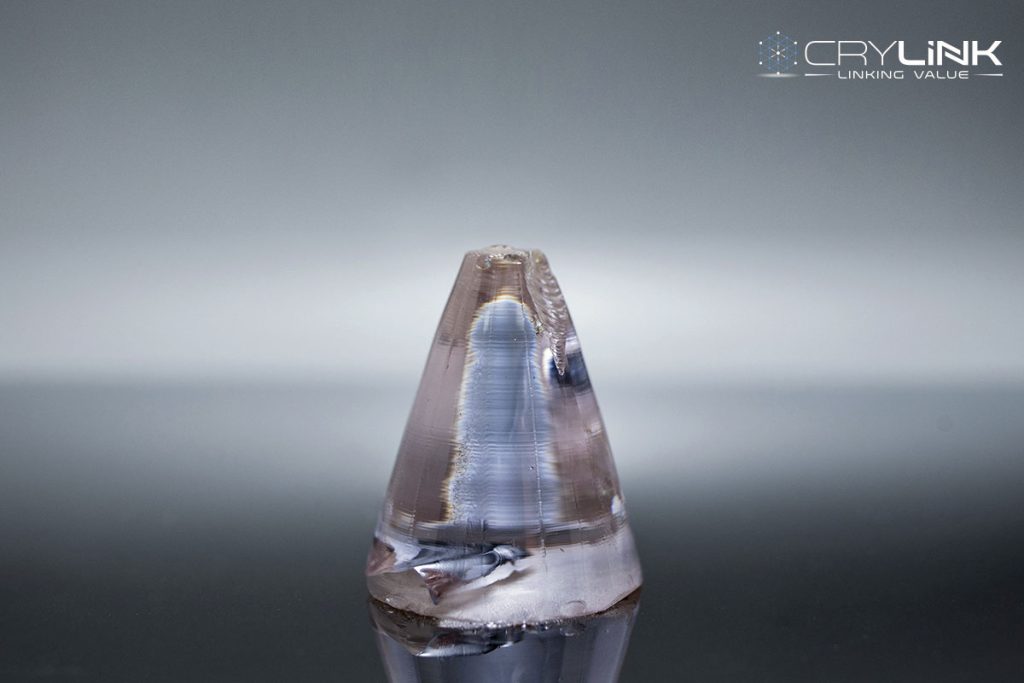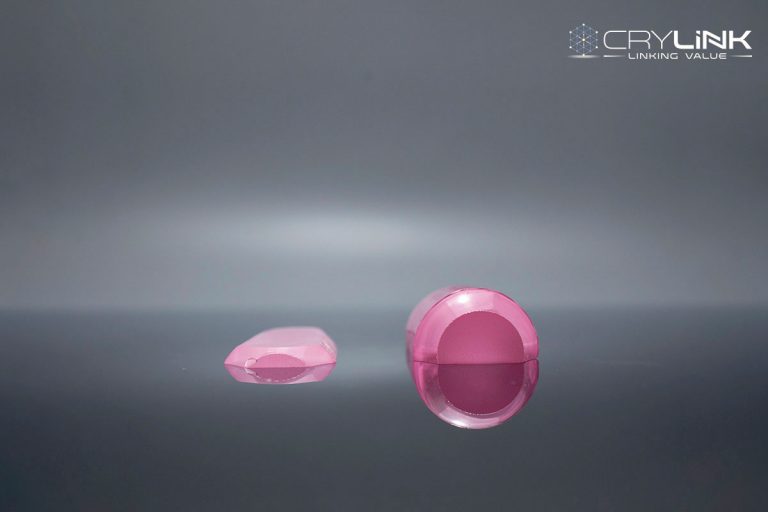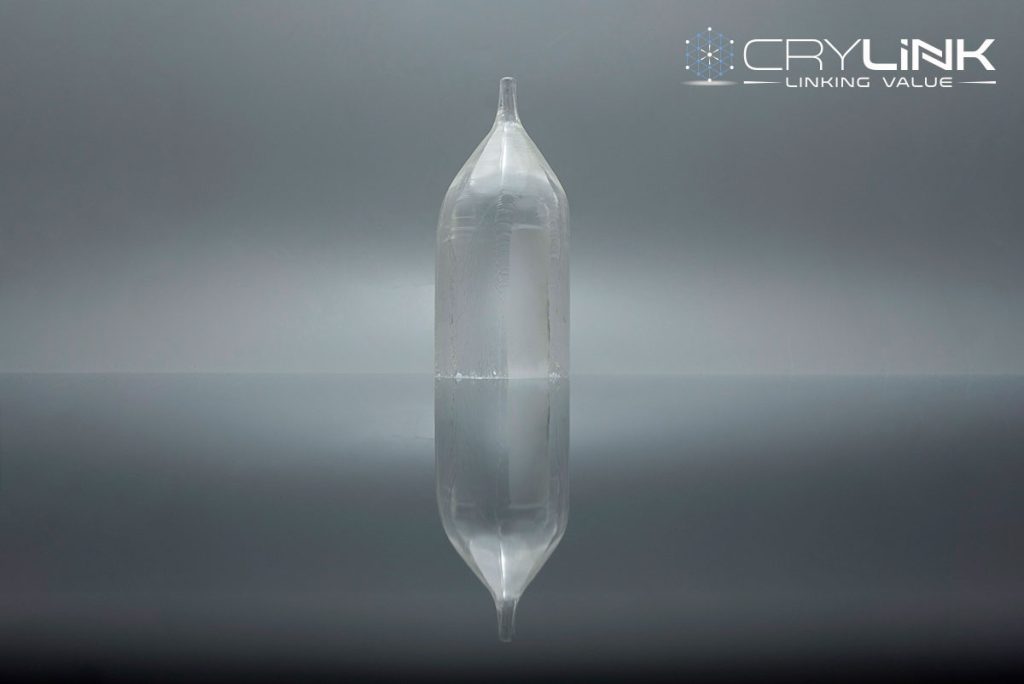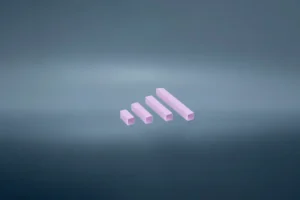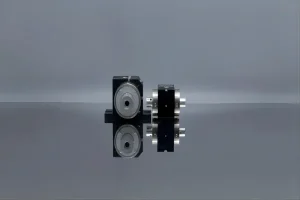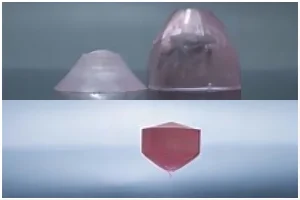Introduction
Yttrium Aluminum Garnet, abbreviated as YAG, is a synthetic crystalline material of the garnet group. It’s renowned for its excellent thermal, optical, and mechanical properties. These qualities make it an ideal choice for various technological applications, including lasers and optics. This article offers an in-depth comparison between pure YAG crystals, and their rare earth doped counterparts.
The Basics of Pure YAG Crystals
YAG is a synthetic crystal, an aluminum oxide where some aluminum ions are replaced by yttrium ions. It’s a robust material with exceptional hardness, density, and thermal conductivity, making it ideal for high-performance applications.
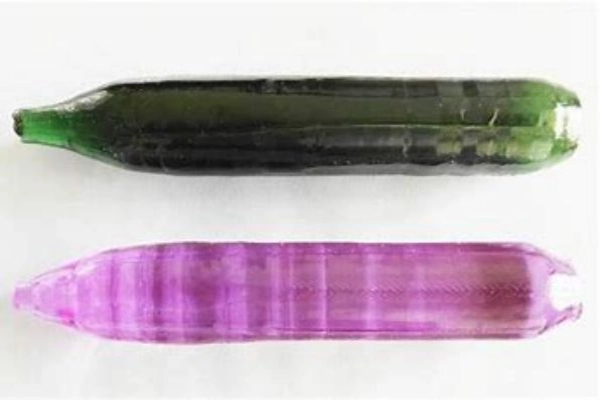
The Creation of Pure YAG Crystals
The journey of a pure YAG crystal begins in the laboratory. It is artificially synthesized using high-temperature, high-pressure technology. This process involves a method known as the Kochanski process, where a seed crystal is dipped into a molten mixture of yttrium, aluminum, and oxygen. The crystal is then slowly withdrawn, allowing a single crystal to form as the molten mixture cools and solidifies. The resulting crystal is carefully cut and polished, ready for its role in various applications.
The Physical Properties of Pure YAG Crystals
Pure YAG crystals boast a set of impressive physical properties. They are notably hard and dense, with high thermal conductivity. These crystals are also resistant to chemical reactions and radiation damage, ensuring longevity in their applications.
Furthermore, pure YAG crystals possess a high index of refraction. This property, coupled with their transparency across a broad range of wavelengths, makes them a favored choice for optical applications.
Spectral Characteristics of Pure YAG Crystals
Spectral characteristics refer to how a material interacts with different wavelengths of light. Pure YAG crystals are known for their broad transmission range, spanning from the ultraviolet to the infrared region of the spectrum. This ability allows them to perform optimally in a variety of conditions and makes them suitable for a diverse set of applications, from medical imaging to infrared optics.
Pure YAG Crystals in the Tech Industry
In the tech industry, pure YAG crystals have carved a niche for themselves due to their superior properties. They are commonly found in high-performance environments such as satellite technology, where their resistance to radiation proves invaluable. Additionally, these crystals serve an essential role in the field of optics, particularly in systems that require high durability and precision.
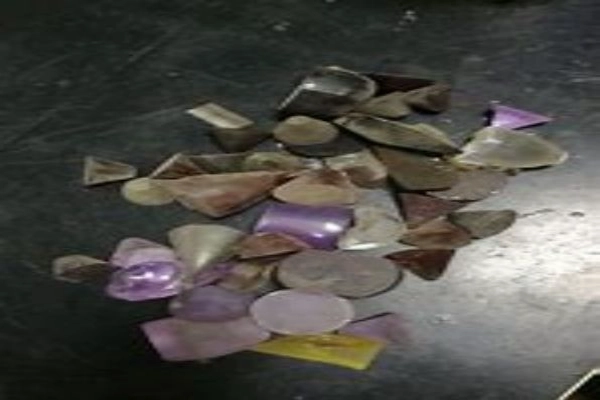
The Introduction to Rare Earth Doped YAG Crystals
Rare earth doped YAG crystals are essentially YAG crystals that have been infused with certain rare earth elements. The most common elements used for doping include neodymium (Nd), erbium (Er), and ytterbium (Yb). These elements significantly enhance the performance of the YAG crystals in certain applications, particularly in laser technology.
Synthesis of Rare Earth Doped YAG Crystals
Just like their pure counterparts, rare earth doped YAG crystals are synthesized through the Kochanski method. However, during this process, specific rare earth elements are introduced into the molten mixture. These elements replace a small fraction of the yttrium ions in the crystal structure, resulting in a doped YAG crystal. The final product is a crystal that not only retains the excellent properties of a pure YAG crystal but also exhibits enhanced characteristics due to the presence of the doping elements.
Unique Properties of Rare Earth Doped YAG Crystals
Rare earth doped YAG crystals inherit the impressive physical properties of pure YAG crystals, such as high hardness, density, and thermal conductivity. However, the infusion of rare earth elements imparts these crystals with unique optical properties. For instance, they can produce highly efficient and powerful laser light, a trait highly valued in various industries.
The Impact of Doping Elements
The choice of doping element plays a significant role in defining the characteristics of a doped YAG crystal. For example, neodymium-doped YAG crystals (Nd:YAG) are known for their efficiency in producing high-powered lasers. On the other hand, erbium-doped YAG crystals (Er:YAG) emit light at a wavelength that is highly absorbed by water, making them ideal for medical and dental procedures.
Application Spectrum of Rare Earth Doped YAG Crystals
Owing to their enhanced properties, rare earth doped YAG crystals find applications in several high-tech fields. They are predominantly used in the construction of lasers for various industries, including manufacturing, medical, telecommunications, and defense. These crystals have paved the way for advancements in these sectors, underlining their importance in modern technology.
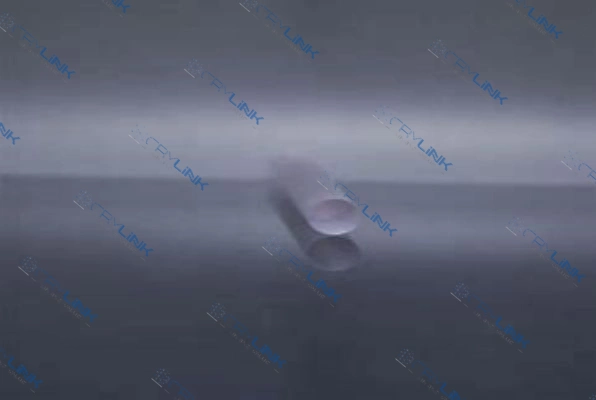
Comparative Analysis of Pure and Doped YAG Crystals
While both pure and doped YAG crystals share many properties, there are distinct differences that make each suitable for specific applications.
Comparative Analysis: Optical Properties
The key difference between pure and rare earth doped YAG crystals lies in their optical properties. While pure YAG crystals have an exceptional transmission range across the ultraviolet, visible, and infrared spectrums, the doped YAG crystals bring a unique feature to the table: the ability to produce laser light. The doping elements, when excited, emit light at specific wavelengths, which is amplified to produce a laser.
Comparative Analysis: Performance in High-Temperature Environments
Both pure and doped YAG crystals showcase excellent thermal conductivity, making them suitable for high-temperature applications. However, pure YAG crystals generally have the upper hand in extreme thermal conditions. This is because the absence of doping elements reduces the likelihood of thermal stress fractures, enhancing the crystal’s durability.
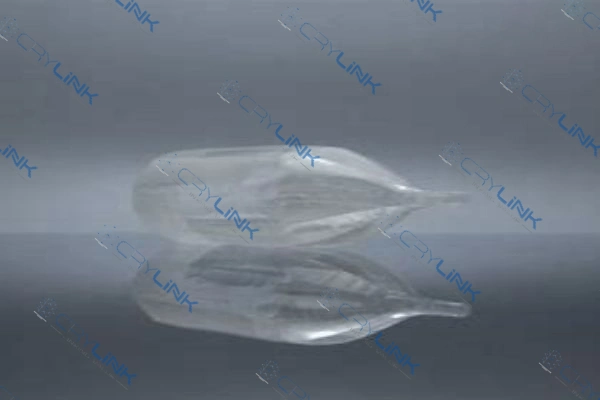
Comparative Analysis: Resistance to Radiation Damage
In terms of radiation resistance, pure YAG crystals tend to be more resilient. Doping elements in the crystal structure make doped YAG crystals slightly more susceptible to radiation damage. However, it’s important to note that the difference is marginal and doesn’t significantly impact the crystal’s overall performance.
Comparative Analysis: Versatility in Applications
When it comes to application versatility, both crystal types shine in their respective domains. Pure YAG crystals are incredibly versatile due to their broad transmission range, finding use in diverse fields from medical imaging to infrared optics. In contrast, rare earth doped YAG crystals, with their efficient laser light production, are indispensable in industries that heavily rely on laser technology.
Application Areas of Pure and Doped YAG Crystals
Understanding the application areas of these crystals can offer insight into their practical advantages and limitations.
Expanding on the Uses of Pure YAG Crystals
Pure YAG crystals serve a myriad of applications, thanks to their remarkable properties. In the medical field, they are used in ophthalmology for procedures like cataract surgery and in orthopedics for arthroscopy. They are also used in the telecommunications industry to produce optical fibers, owing to their excellent light transmission capabilities.
In the world of research, pure YAG crystals are often used in spectroscopy for their wide transmission range. They also find applications in high-temperature and pressure sensors due to their excellent thermal stability and hardness.
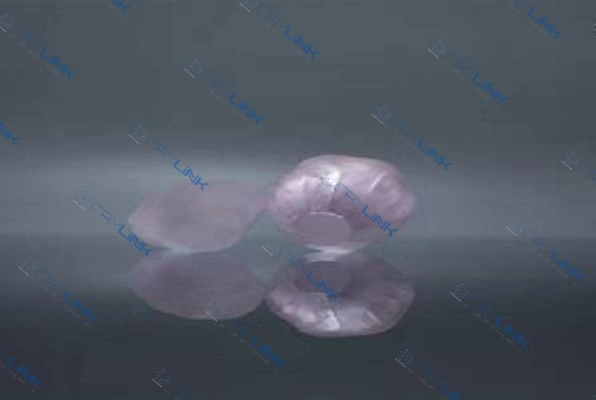
Deep-Dive into Applications of Rare Earth Doped YAG Crystals
Rare earth doped YAG crystals, on the other hand, have carved a niche for themselves in the realm of laser technology. For instance, neodymium doped YAG crystals are used in high-power lasers for industrial cutting and welding, medical surgeries, and laser pointers. They also play a crucial role in defense applications for range finding and target designation.
Erbium-doped YAG crystals find a special place in the medical field. Lasers built from these crystals are used for skin resurfacing treatments and other cosmetic procedures due to their precision and safety. They are also used in dentistry for hard tissue procedures.
Future Applications of Pure and Doped YAG Crystals
Looking ahead, the applications of both pure and doped YAG crystals are expected to grow. For instance, the development of compact, high-power laser systems for industrial and medical applications will likely increase the demand for doped YAG crystals. Similarly, as technology advances, we may see pure YAG crystals being used in more novel ways, such as in advanced imaging systems or next-generation telecommunications devices.
Conclusion
Choosing between pure and rare earth doped YAG crystals largely depends on the intended application. While pure YAG crystals offer broad transmission range and excellent thermal properties, rare earth doped YAG crystals provide efficient light emission, making them ideal for laser technology. Each crystal type has its unique advantages and is, therefore, suitable for specific uses.
Frequently Asked Questions
Q1: What are YAG crystals used for?
YAG crystals, both pure and doped, are used in a variety of technological applications. Pure YAG crystals are used in infrared optics and medical imaging, while doped YAG crystals are typically used in high-powered lasers.
Q2: What does ‘doping’ mean in the context of YAG crystals?
‘Doping’ refers to the process of adding impurities, in this case, rare earth elements, to a crystal to alter its properties. For YAG crystals, doping is used to enhance their performance in laser technology.
Q3: What are some common elements used for doping YAG crystals?
The most common elements used for doping YAG crystals include neodymium (Nd), erbium (Er), and ytterbium (Yb).
Q4: How do pure YAG crystals and rare earth doped YAG crystals compare in thermal conductivity?
Both pure and doped YAG crystals exhibit excellent thermal conductivity. However, pure YAG crystals can typically withstand higher temperatures due to the absence of impurities.
Q5: Are rare earth doped YAG crystals more effective than pure ones?
The effectiveness of pure versus doped YAG crystals depends on the intended application. Doped YAG crystals are more efficient in laser technology due to their enhanced light emission capabilities. Conversely, pure YAG crystals offer a broader transmission range, making them ideal for applications such as infrared optics and medical imaging.

